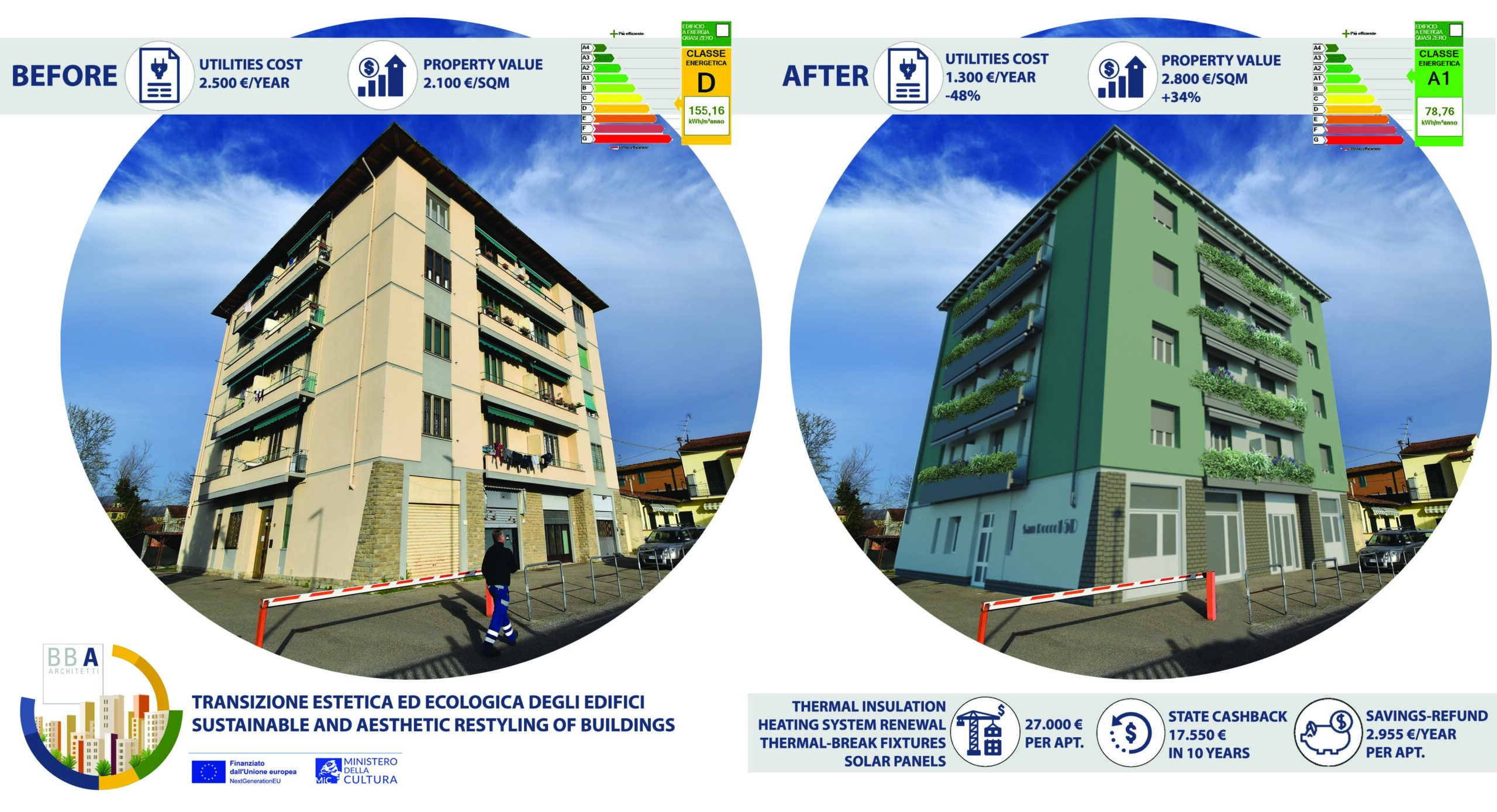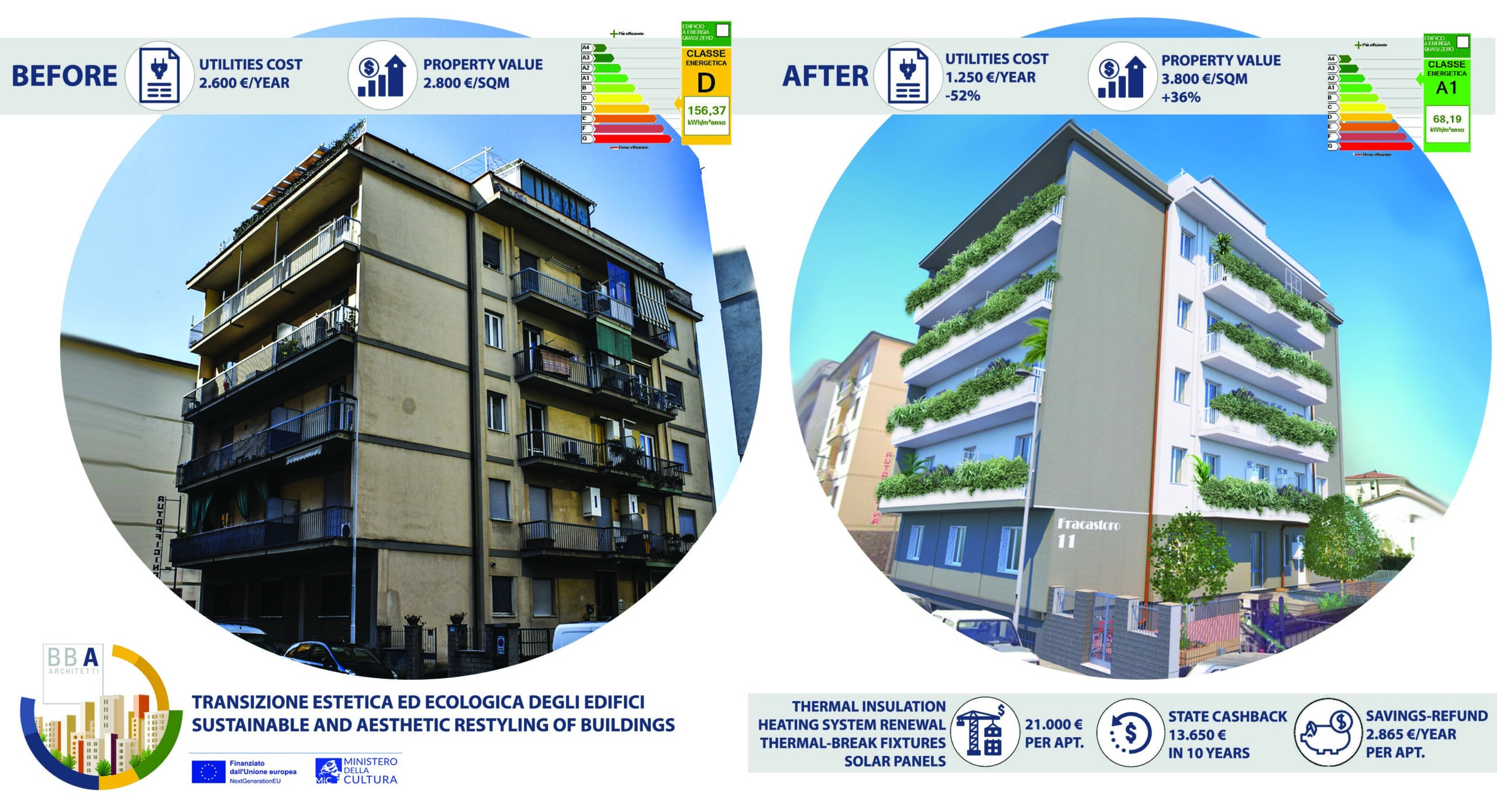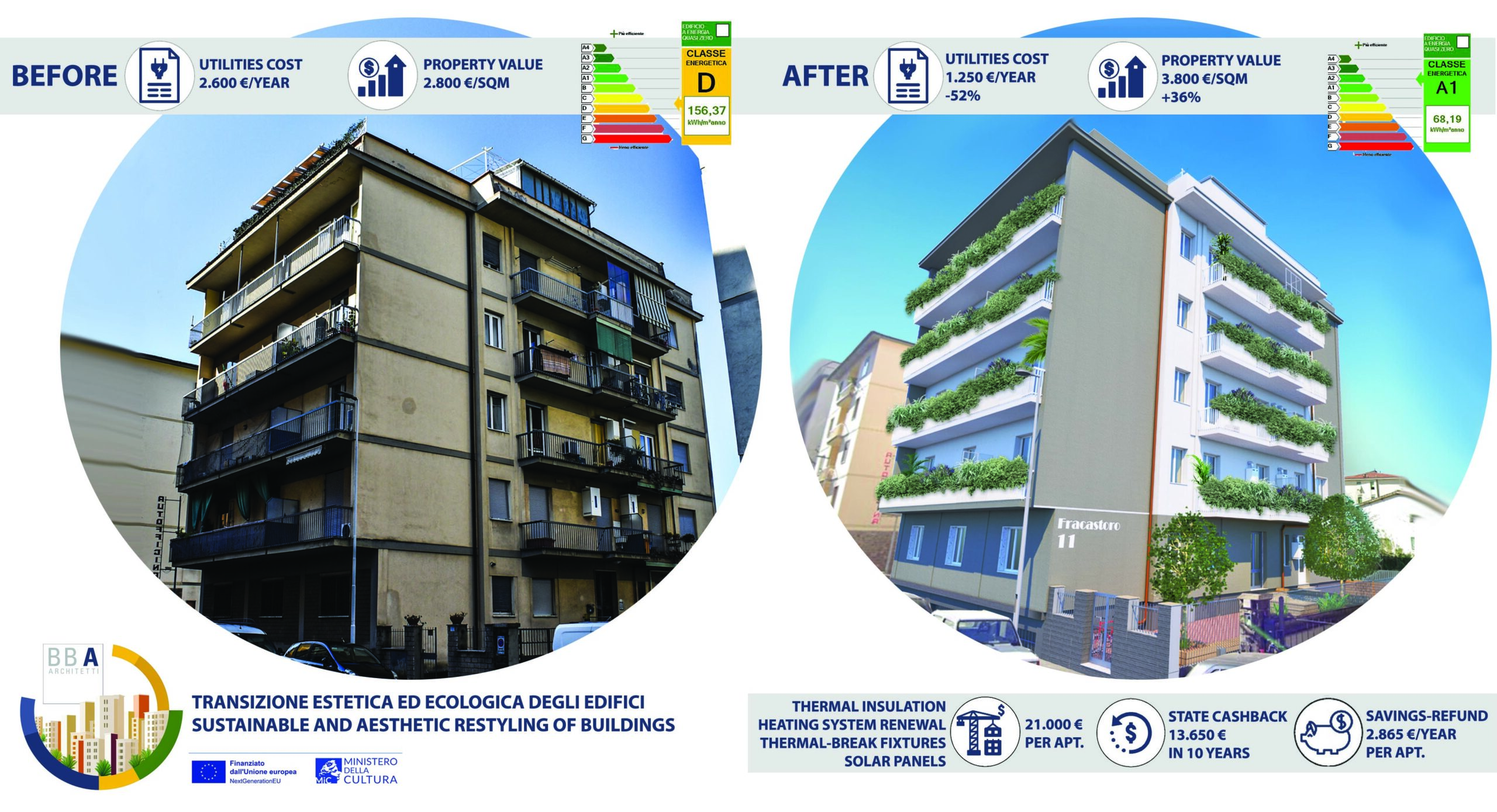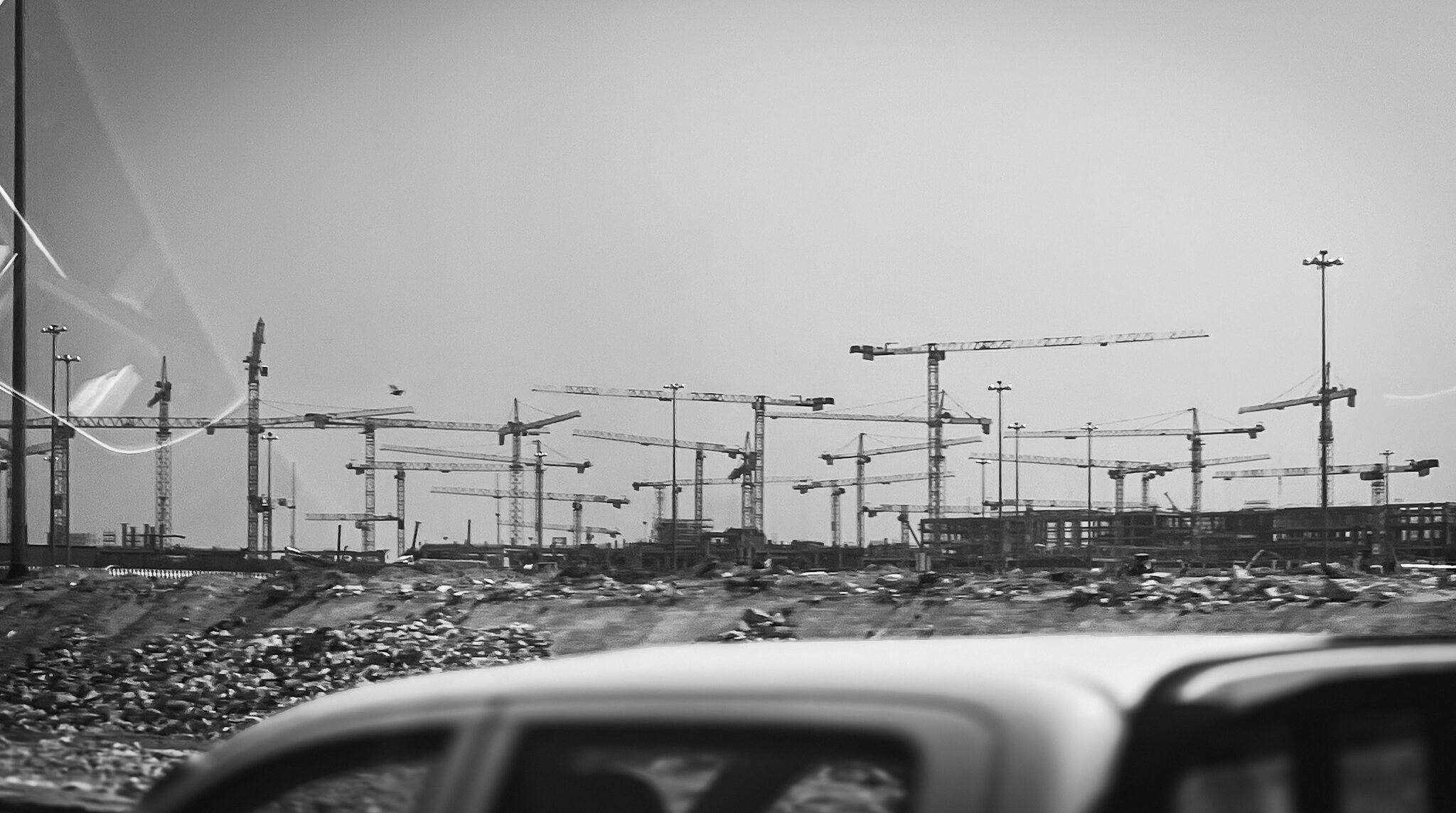In the context of the ecological transition, the energy and aesthetic restyling of buildings represents a fundamental component in reducing the environmental impact of the residential sector. Buildings are among the major contributors to greenhouse gas emissions, significantly driving climate change. In Italy, where the building stock is often outdated and energy inefficient, the need for refurbishment interventions is particularly urgent.
An Environmental, Economic, and Social Issue
Residential buildings in Italy are often characterized by poor energy efficiency, resulting in high energy consumption for heating and cooling. This situation not only contributes to air pollution but also leads to high energy costs for residents. Therefore, energy refurbishment of buildings is not only an environmental issue but also an economic and social one.
The ecological transition of buildings, especially condominiums, offers a significant opportunity for urban renewal. Refurbishment interventions should not only focus on improving energy efficiency but can also aesthetically transform buildings, making them more beautiful and functional. This dual approach not only enhances the quality of life for residents but can also improve the aesthetic appearance of cities, turning buildings into visible symbols of commitment to a more sustainable future.

A Systematic Approach to the Energy and Aesthetic Transition of Condominiums
The project proposed by BBA-Architetti for the “Ecological and Aesthetic Transition of Condominium Buildings,” funded through the TOCC (Ecological Transition for Cultural and Creative Organizations) grant from the Ministry of Culture, aims to create a systematic method for the aesthetic and energy refurbishment of condominium buildings. This represents a concrete example of how building refurbishment can integrate into the Italian and European ecological transition strategy.
The methodology proposed by BBA-Architetti goes beyond technical aspects by actively involving residents in the decision-making process, collecting aesthetic and functional input to ensure that the interventions meet their needs and expectations. This participatory approach not only facilitates the adoption of the proposed solutions but also promotes a sense of community and belonging.
The energy and aesthetic restyling of buildings is a crucial component of the Italian and European ecological transition strategy. Well-designed interventions can significantly reduce the environmental impact of residential buildings, improve the quality of life for residents, and enhance urban aesthetics. The BBA-Architetti project, funded by the TOCC grant, demonstrates how it is possible to develop a systematic and integrated approach to building refurbishment, with environmental, economic, and social benefits for the entire community.





